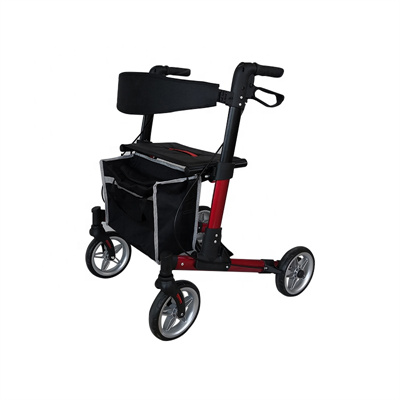Wheelchair sports and recreation have played a significant role in breaking barriers for individuals with disabilities. These activities promote inclusivity, physical fitness, and social interaction while challenging stereotypes and changing perceptions about what people with disabilities can achieve. Here are some ways in which wheelchair sports and recreation have broken barriers:
- Increased Visibility and Awareness:
- Wheelchair sports and recreation events have gained popularity and media attention, showcasing the talent and athleticism of disabled athletes. This increased visibility has raised awareness about disability issues.
- Changing Perceptions:
- Wheelchair sports challenge the stereotype that individuals with disabilities are passive or dependent. Athletes participating in wheelchair sports demonstrate their strength, determination, and competitive spirit.
- Inspiration and Role Models:
- Successful wheelchair athletes serve as role models for individuals with disabilities, inspiring them to pursue sports and recreational activities with confidence.
- Physical Fitness and Health:
- Participation in wheelchair sports and recreation promotes physical fitness, which is essential for maintaining health and well-being for people with mobility impairments.
- Inclusivity and Community:
- Wheelchair sports offer opportunities for individuals with disabilities to be part of a supportive and inclusive community. These communities provide emotional support and camaraderie.
- Integration and Social Interaction:
- Wheelchair sports often involve integration with able-bodied athletes, promoting social interaction and reducing isolation.
- Paralympic Movement:
- The Paralympic Games, which feature a wide range of wheelchair sports, have become a global platform for showcasing the abilities of athletes with disabilities. This event promotes inclusivity and celebrates human diversity.
- Adaptive Equipment and Technology:
- The development of adaptive sports equipment and technology has improved the accessibility and performance of wheelchair sports, making them more enjoyable and competitive.
- Advocacy for Accessible Facilities:
- The demand for accessible sports facilities has grown with the increasing popularity of wheelchair sports, leading to improvements in infrastructure and accessibility.
- Educational Opportunities:
- Many educational institutions now offer scholarships and support for disabled athletes, encouraging them to pursue their academic and athletic goals simultaneously.
- Participation in Multiple Sports:
- Wheelchair users can participate in a variety of sports, including wheelchair basketball, tennis, rugby, racing, and more. This diversity allows individuals to find sports that match their interests and abilities.
- International Competitions:
- International competitions like the World Wheelchair Basketball Championships and Wheelchair Rugby World Championships provide a global stage for wheelchair athletes to showcase their talents.
- Sports for All Ages:
- Wheelchair sports are not limited to young individuals. People of all ages can participate, fostering lifelong engagement in physical activity and recreation.
- Breaking Down Architectural Barriers:
- The need for accessible sports facilities has encouraged improvements in the design and construction of public spaces, benefiting not only athletes but also the broader community.
Wheelchair sports and recreation have broken down physical and societal barriers, allowing individuals with disabilities to lead active, fulfilling lives. They have also contributed to the broader conversation about inclusivity, diversity, and the importance of recognizing the abilities and potential of all individuals, regardless of their physical limitations.




















